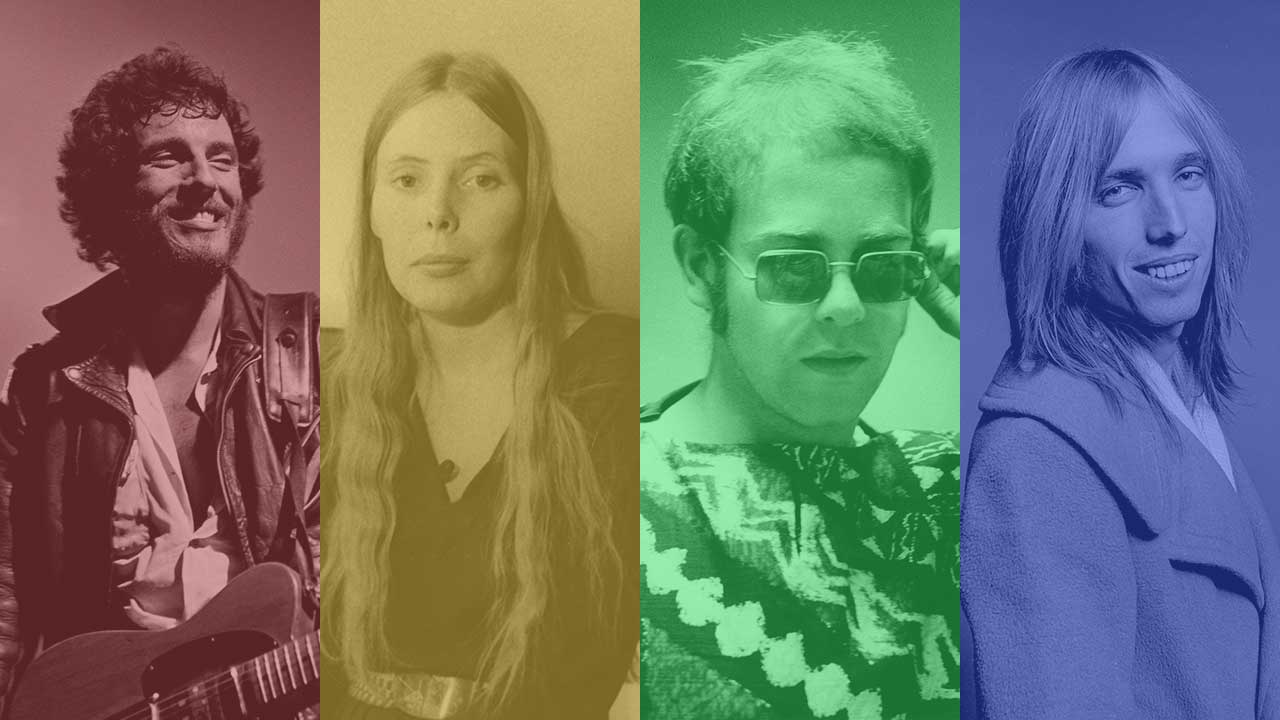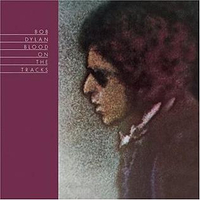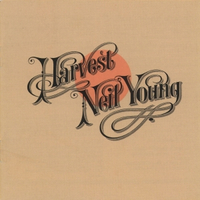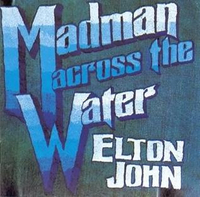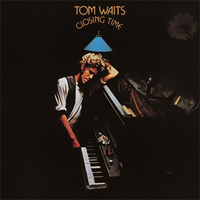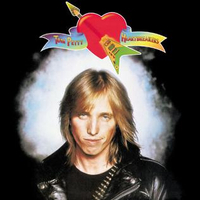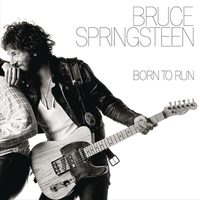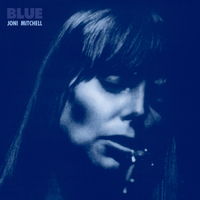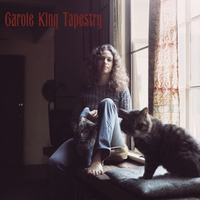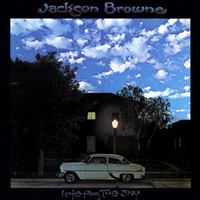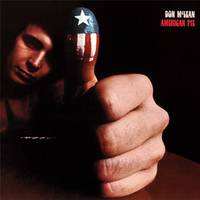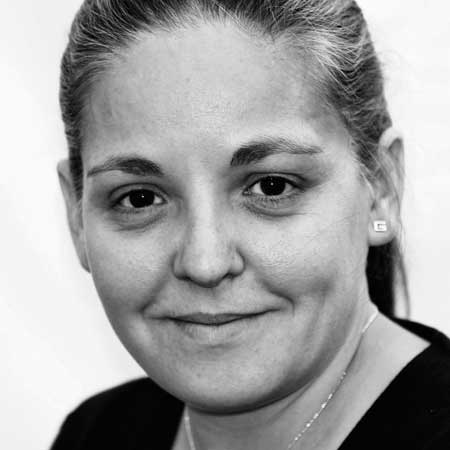In the musical years BB – that’s Before Beatles – the overwhelming majority of chart artists did not write their own songs. The crooners of the day turned in interpretations of other people’s compositions, notably those of the Great American Songbook; George Gershwin, Cole Porter, Rodgers and Hammerstein and the like.
There were even stables of songwriters whose job was precisely that, to sit and write songs for others. But then the folk scene exploded into the mainstream in the early 60s.
Before we knew it, the likes of Bob Dylan, Joan Baez and Simon & Garfunkel (in the United States) expanded their remit, started writing their own songs and began breaking through on to the radio and into the pop charts. While in the UK folkies like Donovan and John Martyn began following suit and were soon seeing success outside of their regular circle of attention.
However, what began life in the folk scene of the 1960s really found its teeth in the troubadours of the 70s. These men and women took their songs out on the their road to anyone who would listen, and in the most part all they needed was a microphone and an instrument to get their story across.
The narrative storytelling of a lot of traditional folk music was replaced by the singer’s personal observations on the world, or their own emotional world view. Songs started to become much more personal.
The lyrics were confessional, raw and sometimes uncomfortable for the listener – as if writing them had been a form of catharsis for the composer. The kind of songs that began to emerge were of the type that you couldn’t imagine anyone other than their author singing – who else can really bring the true depth of feeling to a song such as Neil Young’s Needle And The Damage Done, that deals so heartbreakingly with a death of a dear friend to drug addiction?
Or can anybody else inhabit Tangled Up In Blue in the same way that Dylan managed to on his seminal Blood On The Tracks?
But before you start thinking that the great singer-songwriter uprising was just a bunch of fey boys and girls with pianos or acoustic guitars whining about their doomed love affairs or crappy lot in life, stop right there. Several of this new breed of entertainer backed themselves up with their own full-on band. Stand up The Heartbreakers, Tom Petty’s backing bunch, Neil Young’s Crazy Horse conglomerate and does Bruce Springsteen’s E Street band need any introduction?
These were all artists who were unafraid to rock when the time called for it. Or, equally, were unafraid to tone it down to a whisper when need be.

